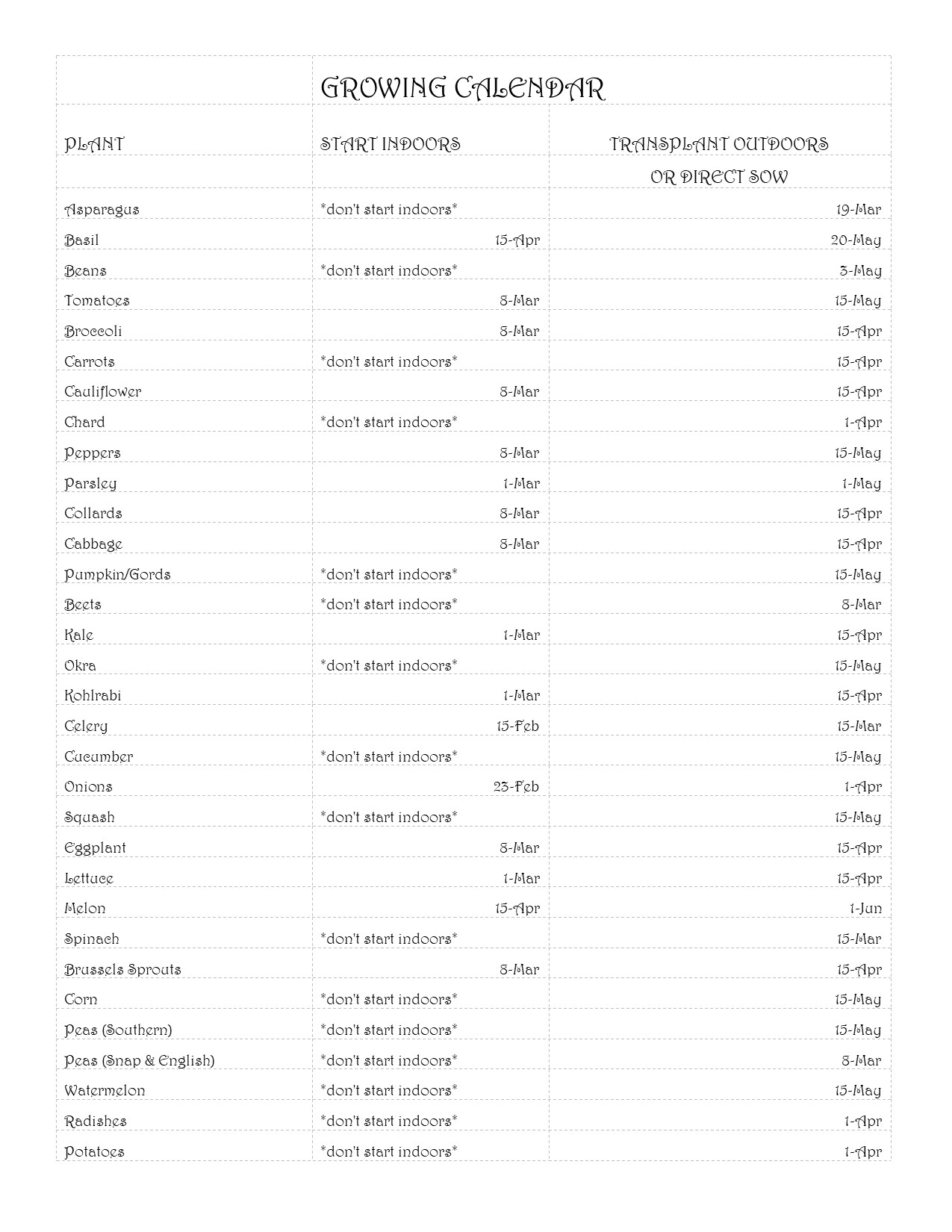The topic of today’s blog post is gardening! One of, no THE most favorite pastime of mine! I will try to grow anything and *knock on wood* typically have success in doing so. With that said, adding a garden to your home is not only cathartic for you, it can also potentially add value when it comes time to sell…. Hello curb appeal! I’m not just talking about vegetable gardens either- In my backyard I have a large vegetable garden, but I couldn’t stop there so I added a flower garden and fruit trees. You could also consider herb gardens, butterfly gardens, rock gardens; the possibilities are seemingly endless! I encourage you to include a garden in your yard so keep reading for encouragement and knowledge!
If you are thinking of growing your own vegetables this year, and you don’t want to spend lots of money on starter plants later in the Spring, you should consider starting your garden indoors. Plant seeds now so they are big and strong enough in the coming months when its warm enough to transplant them outside in your garden. It’s easy and only requires a little bit of equipment such as starter trays and grow lights. I live right on the edge of zones 5 & 6 (Central Indiana) so the chart I’ve attached is tailored to those zones. Please consult USDA.gov website to be sure your planting times are correct for your zone.
I mentioned earlier that I have a large vegetable garden- I have eight raised garden beds that are 80 sq ft each that I’ve dedicated for vegetable plants such as peppers and herbs. I also have an open area that is 720 sq ft for my vine growers, such as pumpkin and watermelon. The first step in planning your garden is knowing what you have to work with- how much room do you have for your plants?
After setting the size of your garden, make a list of all your favorite fruits and veggies that you want to grow. I always include what I consider ‘staples’ of a summer garden- tomatoes, peppers, basil and green beans. I then add my favorites to my list- more green beans, lettuce, spinach, and cucumbers. Once I know I have room for all my necessities, then I add in the fun stuff that my family enjoys growing- pumpkins, watermelon, onion, garlic, etc.
I’ve added a chart you can use if your zones match mine to reference when you should plant those seeds in your indoor trays, or to know when you should buy plants from your local nursery to plant outdoors. I source my seeds from different online shops and this past winter I discovered the magic of a seed swap where I acquired a bunch of various seeds that I will use in my garden. Seek out your seeds where you see fit.
My chart shows that now is the time to start celery, onions, parsley, kale, kohlrabi, and lettuce as seeds indoors to be transplanted outdoors later. When I start seeds indoors, after putting the seeds in the trays with starter dirt I like to put the whole tray on a special heating pad. I have my starter trays in my basement, so the heating pad keeps them nice and warm while they germinate. About a week after starting the above-mentioned seeds it’s time to start the next round: tomatoes, broccoli, cauliflower, peppers, collards, cabbage, eggplant and brussels sprouts. Be sure to mark your trays carefully so you don’t have surprises in the summer- like pepper plants mixed up with your eggplants! ??
This is a great jumping off mark to start thinking about your 2018 garden. I’ll be busy in the coming weeks starting my plants indoors, so stay tuned for garden updates here on my blog. I love the appeal it adds to my outdoor living area and the happiness it brings to my life!
Happy planting!


By Stephanie Henderson, talktotucker.com/stephanie.henderson
